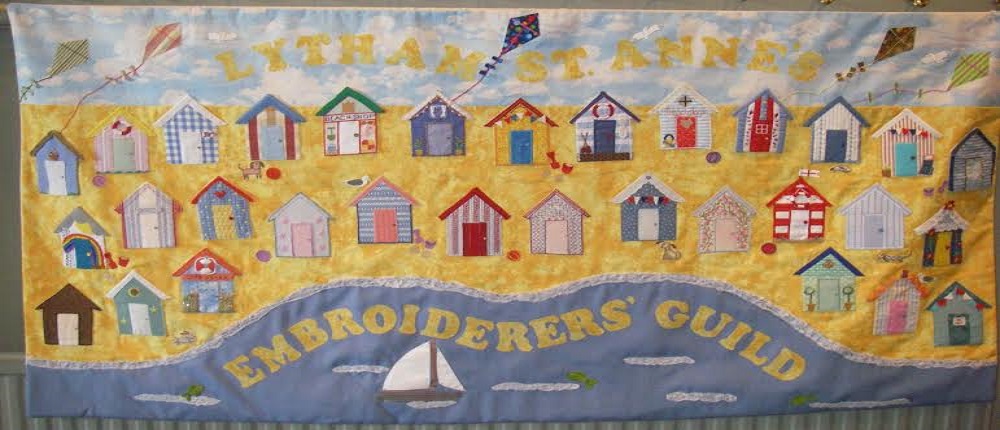Did you know that women were still encouraged to wear corsets until the 1930s? Ugh! and we complain about the wiring in underwired bras....
Gill makes the Corset and outfit to fit the customer and will hand sew a design of their choice so that each piece is unique and bespoke.
Look at this intricate Goldwork design on the centre panel of the corset, below.
Firstly, made with split cane, then came whale bone and in 19th Century - steel. In the 1820s when steel eyelets were invented, the corsets were able to be laced really tightly to pull the body into the desired shape of the times. An S Bend, Crinolines and the Bustle - all had their day and women suffered as they forced their bodies into whatever shape was in vogue, although in Edwardian times the shape began to look more natural. A piece of wood was slotted down the front to keep it straight.
This is a beautiful cream corset, below, with flowers and goldwork that make it fit for an Autumn Wedding.
Now this dress... wow....
It would look great at a posh Garden Party or teamed with a pair of Mary Jane's or Gibson Girl boots or perhaps Doc Martins if you can get away with it! a Riding Hat and Jacket in a deep velvet blue - you get the picture.... I wonder if this dress has ever been to a Steam Punk convention and why was this genre not popular when I was young? Sigh....
Not only women wore corsets, even the children of the wealthy would start to wear a corset at 8 years of age, although these were more like the Liberty Bodice (an undergarment for girls and women that was an alternative to the corset).
Men wore corsets too especially important if he was a military man and had gained a few extra pounds and needed to fit into his Dress Uniform again, these being too expensive to replace. In 1916 due to the shortage of steel during the First World War; American women donated their steel lined corsets to the War Effort.
Corsets still have a romantic appeal and are popular on Wedding Dresses such as the gorgeous panelled corset above, and Prom Dresses such as this lovely Aqua Blue combo, below.
This Maroon Corset embellished with embroidered flowers would look wonderful with a smart pair of trousers or a skirt for a Party Outfit or Hen Do.
However much we admire the look of the Corset, lets be thankful that we do not have to wear them everyday!
Many thanks to Gill for her interesting talk and for bringing her lovely corsets for us to view and even, if we were brave enough - try on for ourselves!
If you would like to see more of Gill's work or book a talk at your branch or even to learn the Art of Corsetry for yourself; you can find her on any of the links above or at her website www.belladonna-roses.co.uk










































